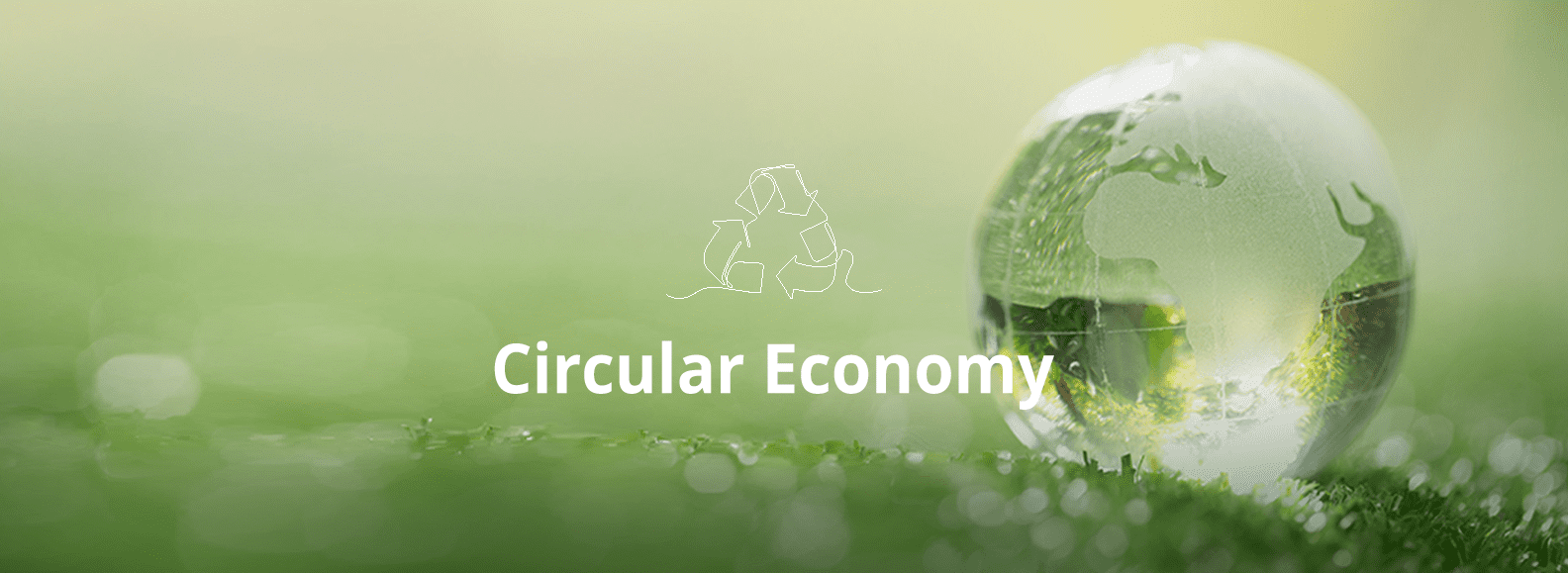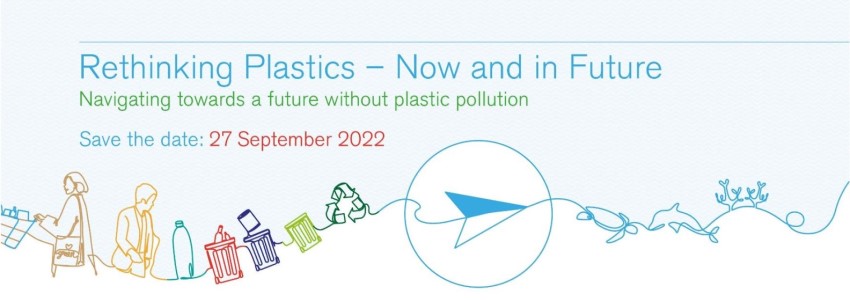Rethinking towards a Circular Economy for Plastics
In a circular economy, resources are used and managed in a more efficient and sustainable way through the principles of reduce, reuse and recycle. Products, for example, are designed to last longer, to be easier to repair, remanufactured or upgraded, to be recycled and reused. With this, materials and resources are returned back to the economy and used again for as long as possible. This is contrary to the so-called linear or throwaway economy in which the usage of products is limited and waste is generated quickly.
Thanks to this rethinking, the transition to a circular economy promotes green growth, resource efficiency and biodiversity. It can protect the environment and tackle climate challenges.
‘Rethinking Plastics’ works jointly with its partners towards a circular economy for plastics in seven countries in East and Southeast Asia and enhances policy and practical exchanges between the EU, China, Indonesia, Japan, the Philippines, Singapore, Thailand and Vietnam.
For plastics, initiatives include the entire life cycle of products from focussing on how products are designed, circular economy processes are set up, sustainable consumption is encouraged, and waste is prevented. It includes new business models, eco-design, measures for waste prevention and reduction, for example of packaging waste, the phasing out of single-use products and their reusable replacement, increasing recycled content, introducing standards and labelling as well as restrictions for microplastics.






